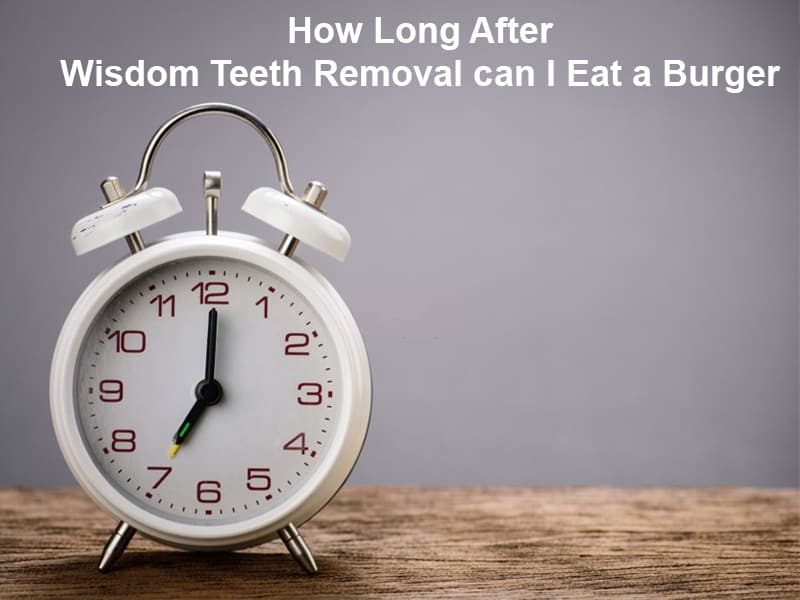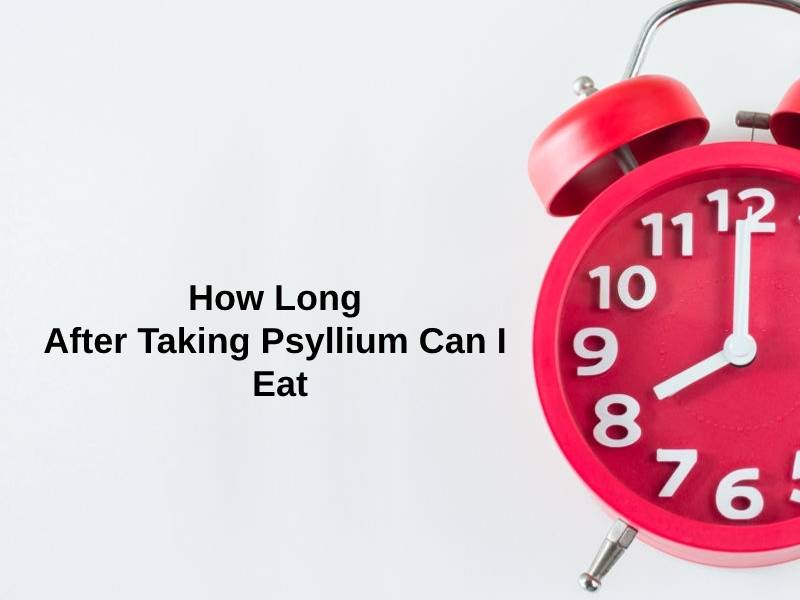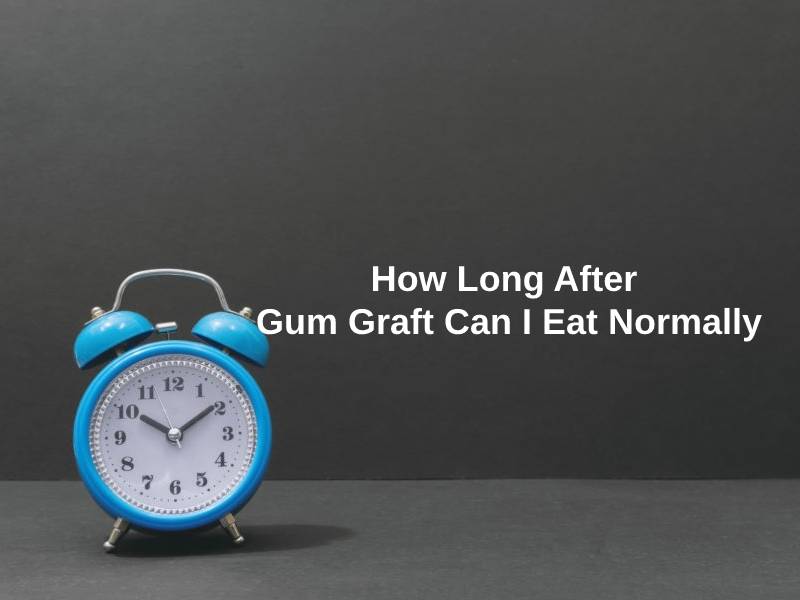Exact Answer: Eight Hours
A filling is a treatment modality done to restore missing tooth structure that is a result of natural decay or external injury. Dental fillings are also required for repairing broken or cracked teeth. Dental fillings not only help in filling the gap but also protects it from further decay.
A dental filling is suitable only for minor fractures and decay. If a person has tooth decay, it is highly advised to get a tooth filling as soon as possible. If the patient is not treated immediately, then the enamel starts decaying slowly and exposes the dentin.

How Long After Filling Can I Eat?
Several symptoms indicate the requirement of getting a dental filling. A dentist conducts an oral examination and decides whether a filling is required or not. Some significant symptoms include holes in a tooth, dark spots on the tooth, chipped or broken tooth, cavities, sensitivity, and a few others. Various types of dental fillings and the condition of decay are critical for deciding which type of filling is required.
Metals such as gold and silver are used in metal fillings, and they last for 10-15 years. An amalgam filling is another kind of filling and is made up of a combination of several metals. Simultaneously, if a person doesn’t want the filling to get noticed quickly, a composite filling is done as it has the same color as your tooth. Medical professionals advise going for ceramic filling for significant decays as this filling lasts for a very long time.

| Type of Food | Time After Filling To Eat |
| Liquid or semi-solid | Eight to ten hours |
| Solid or hard food | Twenty-four hours |
It is advised not to eat immediately after getting a cavity filled by the doctor. A patient must wait for eight to ten hours after filling to consume liquid or semi-solid food. However, if a person wants to eat solid or hard food, they must wait for twenty-four hours after getting a filling.
Why Does It Take That Long After Filling To Eat?
A filling is not a very painful procedure; that’s why it doesn’t take a lot of time. However, patients with sensitive teeth might feel a bit of pain while getting a dental filling. The area of decay also plays a significant role in deciding the time taken to get a filling. Molars are located deep inside the mouth, and it is not easy to fill gaps in such parts. Alternatively, if there is a decay in any incisors, then the filling won’t take long. There are two types of filling, namely direct filling and indirect filling. Metal fillings and Amalgam fillings fall under the category of Direct filling. Direct fillings are completed in a single dental appointment. At the same time, Indirect fillings take more than one appointment.
Grey, brown, or black spots are noticed in the area of decay. If the deterioration is very significant and a complete section of the mouth has cavities, the filling procedure will be quite long. It is advised to brush your teeth daily at least twice. Fillings are also helpful in controlling the spread of decay any further. The patient might feel a bit of soreness in the area where the filling is applied.

It takes that long after filling to eat because it needs some time to harden, and it doesn’t happen quickly. Also, if a patient starts eating immediately after getting a filling, it might be excruciating, and the filling may come out. It is advised to follow the instructions provided by the medical expert after getting a filling.
Conclusion
Teeth are one of the most crucial body parts, and it is essential to give proper care to them. Negligence results in decay or cavity, and a filling is used to treat it. If a filling is not applied immediately to the affected area, then the decay starts spreading.
Various fillings are available, and the amount of decay is the deciding factor while choosing the filling. On average, a filling takes twenty minutes to an hour, and the patient can start eating liquid or semi-solid food after eight hours. It is advised to seek medical assistance in case of any emergency.





















Interesting article. Waiting after a filling is just a small part of maintaining good dental health.
Dental fillings are such an important part of oral hygiene! It’s crucial to recognize the necessity of tooth fillings and to be aware of the aftermath, such as not being able to eat solid food for a certain amount of time.
I couldn’t agree more, Peter75. The importance of dental fillings can not be overstated!
A very informative comment, Peter75.
It is essential to recognize the significance of proper care and treatment of dental issues. This article does a great job at explaining it.
Agreed, Zsmith.
It’s good to know the reasons behind having to wait to eat after a filling. Proper care and patience are always rewarded.
Absolutely, Wilkinson Edward.
The importance of waiting for the filling to harden is crucial. Getting a filling can be somewhat uncomfortable, but following the instructions is key for a successful outcome.
Absolutely right, Olivia50.
Waiting for a certain amount of time after the filling is reasonable and necessary. Taking care of one’s teeth is paramount.
Well put, Fox Claire.
Absolutely, Fox Claire.
The time to wait after getting a dental filling is quite reasonable. It’s a small price to pay for optimal dental health and hygiene.
Indeed, Pshaw. A small sacrifice for healthy teeth.
Wise words, Pshaw.
This article gives insightful information about the process and aftermath of dental fillings. It’s quite enlightening.
Indeed, Scott35.
Dental care should not be neglected. The thorough explanation of the process and why certain things need to be done after the filling is very helpful.
Informative indeed.
Well-said, Sally Anderson.
It makes sense to wait to eat after getting a filling. Health should always be a priority, especially when it comes to dental care.
Agreed, Bennett Adrian.
Very true, Bennett Adrian.